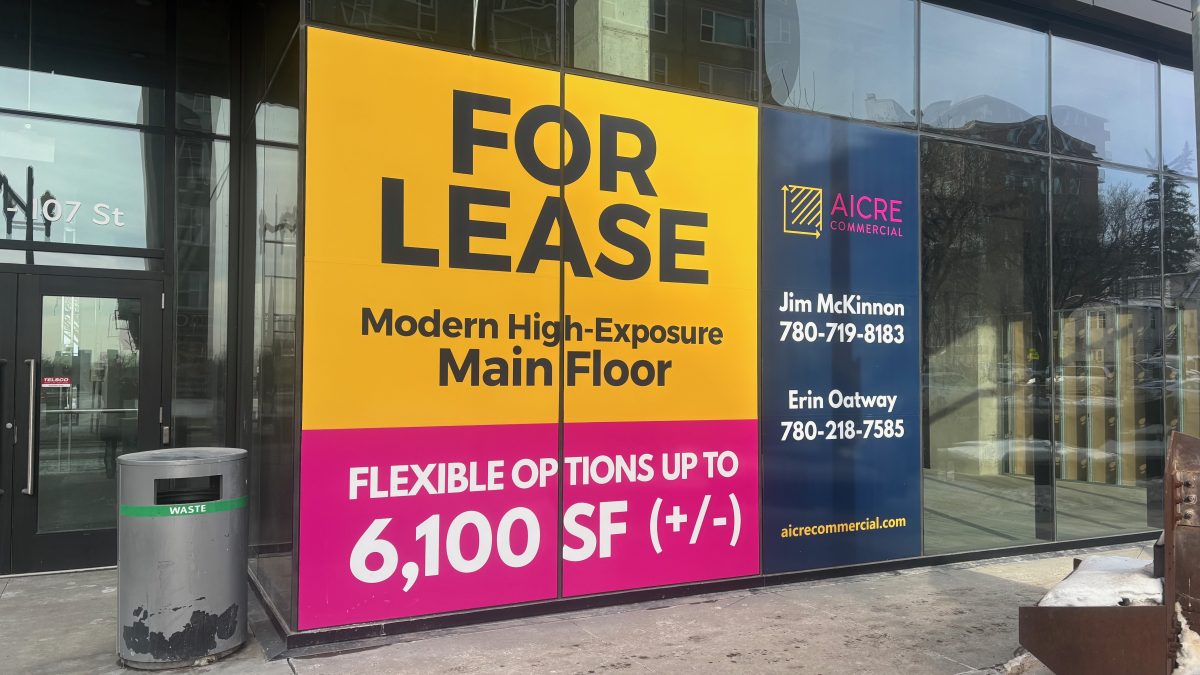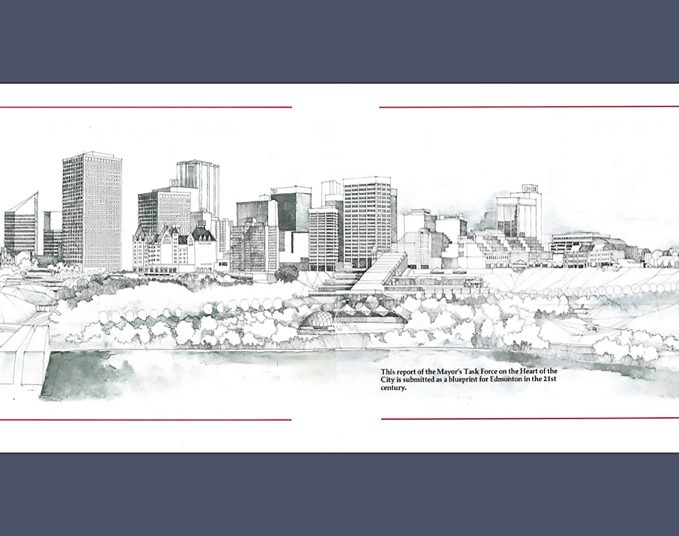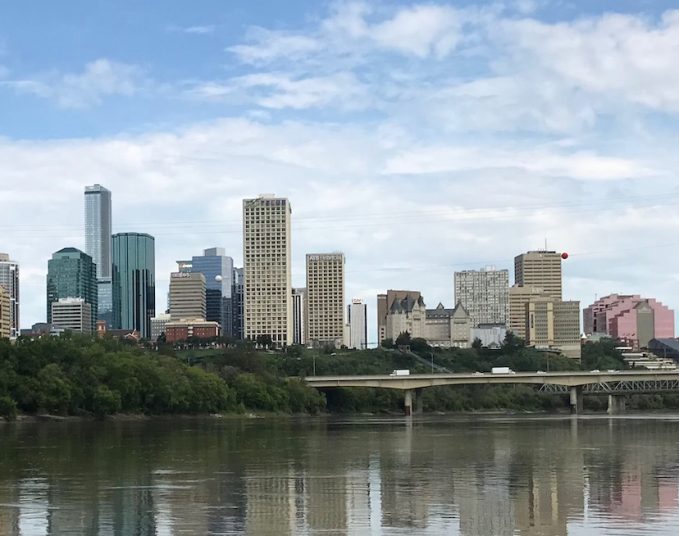As downtown vacancies return to crisis levels, is it time for City Council to revisit the idea of helping landlords convert unused office space into residential units? Or does this need to be a priority for the next City Council who will be sworn in after the 2025 election?
Cory Wosnack is the principal and managing director of Corporate Executive, Sales and Leasing, and Office for Canadian real estate giant Avison Young. And he thinks the discussion about converting under-used Edmonton office space to apartments can’t be allowed to die.
“I believe we need to have new leadership on council, a new approach to being a partner in the office market and the residential market, to get more investment in these two categories,” he said.
Last week, Avison Young released some alarming numbers about the office leasing market in Edmonton. For most of 2024, there was a slight positive trend in downtown vacancy numbers, but it all came crashing down in the final quarter of the year, where all of the gains were erased — and then some. The downtown vacancy rate is now at 19.2 per cent. City-wide, it’s at 17.2 per cent. This is still lower than the 20 per cent-plus rates of a couple of years ago, but the offices are emptying out again.
Meanwhile, suburban vacancies went down slightly to 15 per cent. So, the suburbs are making moderate gains while the core is losing out.
A healthy vacancy rate is about eight per cent. At that clip, there’s enough spaces for potential renters not to get gouged, while the supply is tight enough to ensure landlords don’t have to offer incentive after incentive in order to get people to move in. Currently, there are offers out there where downtown landlords are offering assistance with renovations and six- to eight-month rent holidays.
Why the spike? Wosnack said that, as leases turn over, a lot of big renters are looking for reductions in the amount of space they need. And the big renters tend to be downtown. Add to that the closure of Google Deep Mind and Intuit’s Edmonton offices, and the “for lease” signs multiply.
As well, about a third of Edmonton’s downtown office space is occupied by government and Crown corporations — and they don’t need as much room as they once did.
“It’s like one step forward, one and a half steps back,” said Wosnack.
And there is no magic bullet in sight. There is no big renter out there who is going to take a massive bite out of the vacancy rate. So, as buildings remain empty, their value goes down, and that means the landlords contribute less to the tax base.
Wosnack said that, since 2000, there have been 30 office-to-residential building conversions in the city. But the market for them has dried up, because seed money is hard to find.
In April, by an 8-5 count, council voted to reject a plan that would have seen assistance of up to $40 a foot granted to landlords looking to convert office space to residential units. Calgary has a similar plan in place, and more than a dozen conversions have been completed or are underway. The reason that Edmonton couldn’t follow Calgary’s example? As stated at the time by Mayor Amarjeet Sohi, the City simply can’t afford to subsidize developers and/or landlords.
Wosnack said that the City can’t afford not to offer some sort of conversion plan.
“We simply don’t have the desire [to do conversions] due to the City of Edmonton’s finances, and the inability to provide that incentive today,” said Wosnack.
“We can fix two markets if the City does what Calgary did, and Calgary has an amazing playbook for this.”
Wosnack said that office conversions tend not to produce luxury apartments, but the sort of units that offer two to three bedrooms for families, or create dorm-style living for students.
“We have 20,0000 students downtown, now growing to 30,000 students by 2030,” said Wosnack, referring to the expansions of both MacEwan University and NorQuest College. “We have this amazing education growth that’s happening downtown, and we’re not building the housing to actually accommodate that.
“We want more families downtown, we want more couples who eventually want to start families. We need to have housing to support that, and more affordable housing, too. I think that is part of the great debate, right?”
Savvy AF. Blunt AF. Edmonton AF.




